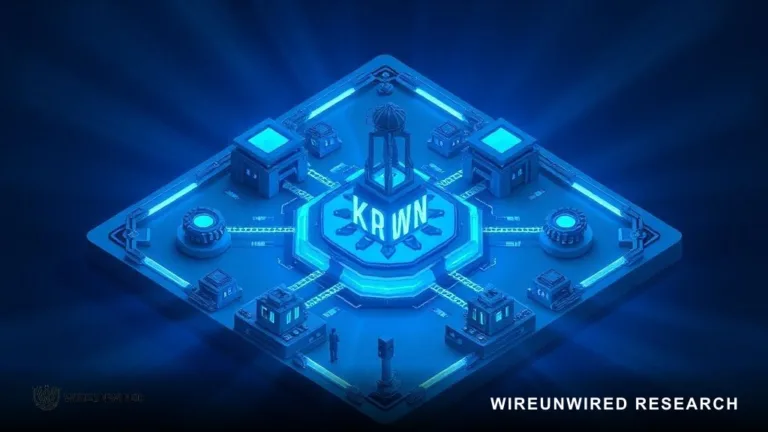India just took a leap toward chip independence with the launch of its first commercial RISC-V SoC — Secure IoT by Mindgrove. I’m exploring how this chip is built, what it brings to our semiconductor ambitions, and whether it’s ready to power tomorrow’s edge devices.
A Chip India Has Been Waiting For
We’ve seen announcements before. Research tape-outs, academic prototypes, simulation-based demos. But this one’s different. It’s commercial. It’s complete. And more importantly, it’s available.
Mindgrove Technologies, incubated at IIT Madras, has launched Secure IoT, India’s first commercial RISC-V SoC. This isn’t an IP demo or an in-lab test vehicle — it’s a real, ready-for-market chip.
I’ve been watching India’s chip ambitions unfold for a while, and if there’s one thing we’ve lacked, it’s proof — actual, functional silicon that can replace imports. Secure IoT might just be that proof.
It’s built around the open-source Shakti C-class core, taped out in just eight months, and already being evaluated by Indian OEMs. That kind of turnaround time — especially for a startup — is not just efficient, it’s symbolic. It shows that a serious chip design culture is starting to take root.
But good intent is not the same as good silicon. And that brings me to the part that really matters: can this chip perform where it counts?
TRENDING
What’s Inside Secure IoT — And Why It’s Not Just Another MCU
At its core is a 64-bit RISC-V processor, clocked at 700 MHz, and fabricated on a 28nm node. With ECC-protected caches, 128 KB on-chip SRAM, and support for XIP from external flash, it’s clearly targeting edge applications that need a bit more muscle than typical MCUs.
The security feature set caught my attention — not because it’s groundbreaking, but because it’s complete. AES, SHA, RSA, TRNG, OTP, secure boot — these aren’t extras. In sectors like smart metering, EV BMS, and connected infrastructure, they’re essential. And this chip bakes them in without driving up cost.
On the I/O side, it ticks the expected boxes: SPI, I²C, UART, high-speed ADC (5 MSPS), PWM, GPIOs. It feels like the feature set was tailored with Indian OEMs in mind — practical, not padded.
And then there’s the price. Mindgrove claims a 30% cost advantage over ARM-based chips in the same class. I don’t think that number needs to be perfect — even half that edge would be meaningful in high-volume deployments.
To lay it all out clearly:
| Feature | Mindgrove Secure IoT (RISC‑V) | Typical ARM Cortex‑M4 SoC |
|---|---|---|
| Architecture | 64-bit Shakti C-Class (RISC‑V) | 32-bit ARM Cortex-M4 |
| Clock Speed | 700 MHz | 80–120 MHz |
| Process Node | 28nm | 40nm / 65nm |
| Instruction/Data Cache | 16 KB each, ECC-protected | 8–16 KB, non-ECC |
| On-chip SRAM | 128 KB | 64–96 KB |
| Flash Support | XIP up to 512 MB | Typically 2–16 MB |
| Security Stack | AES, SHA, RSA, TRNG, OTP, Secure Boot | AES, basic Secure Boot (optional) |
| Toolchain | Open-source (GCC, LLVM) | Mostly proprietary |
| Relative Price | ~30% lower | Standard |
I’ve seen enough feature-rich chips fail because the support ecosystem wasn’t there. So it’s worth noting — Mindgrove is offering SDKs, dev boards, and RTOS-ready firmware stacks from day one. It’s a small move, but it shows they’re not just building hardware — they’re trying to make it usable.
This Chip Doesn’t Stand Alone
This isn’t happening in a vacuum.
India’s RISC-V push has been quietly building over the years. Shakti laid the academic foundation. InCore took it commercial with IP and SoC generators. CDAC’s VEGA project is now addressing everything from edge compute to AI inference.
What I find most promising isn’t just the chip — it’s that India now has tools, cores, and silicon-proven flows under one roof. That means Secure IoT can be the first of many — not a one-off.
But let’s be clear: breaking into even the embedded chip market is tough. ARM dominates with a mature ecosystem and long-standing trust. I don’t think Secure IoT will displace that overnight. But it doesn’t need to. If it finds space in India-specific, cost-sensitive, secure-first applications, that alone is a win.
My Take — This Is the Beginning of Something Durable
Mindgrove isn’t trying to be Qualcomm. It’s trying to be relevant — and local. That’s a harder and, in some ways, more meaningful target.
For the first time, I’m seeing a commercial-grade chip from India that’s not just good on paper but good enough to ship. That changes things.
It changes the conversation from “when will India make its own chips?” to “how many can we make next year?”
That shift in tone — from aspirational to operational — is what excites me most. Not the specs, not the open ISA, but the fact that we now have a working example.
One chip won’t change everything. But it may change what comes next.
Discover more from WireUnwired Research
Subscribe to get the latest posts sent to your email.




